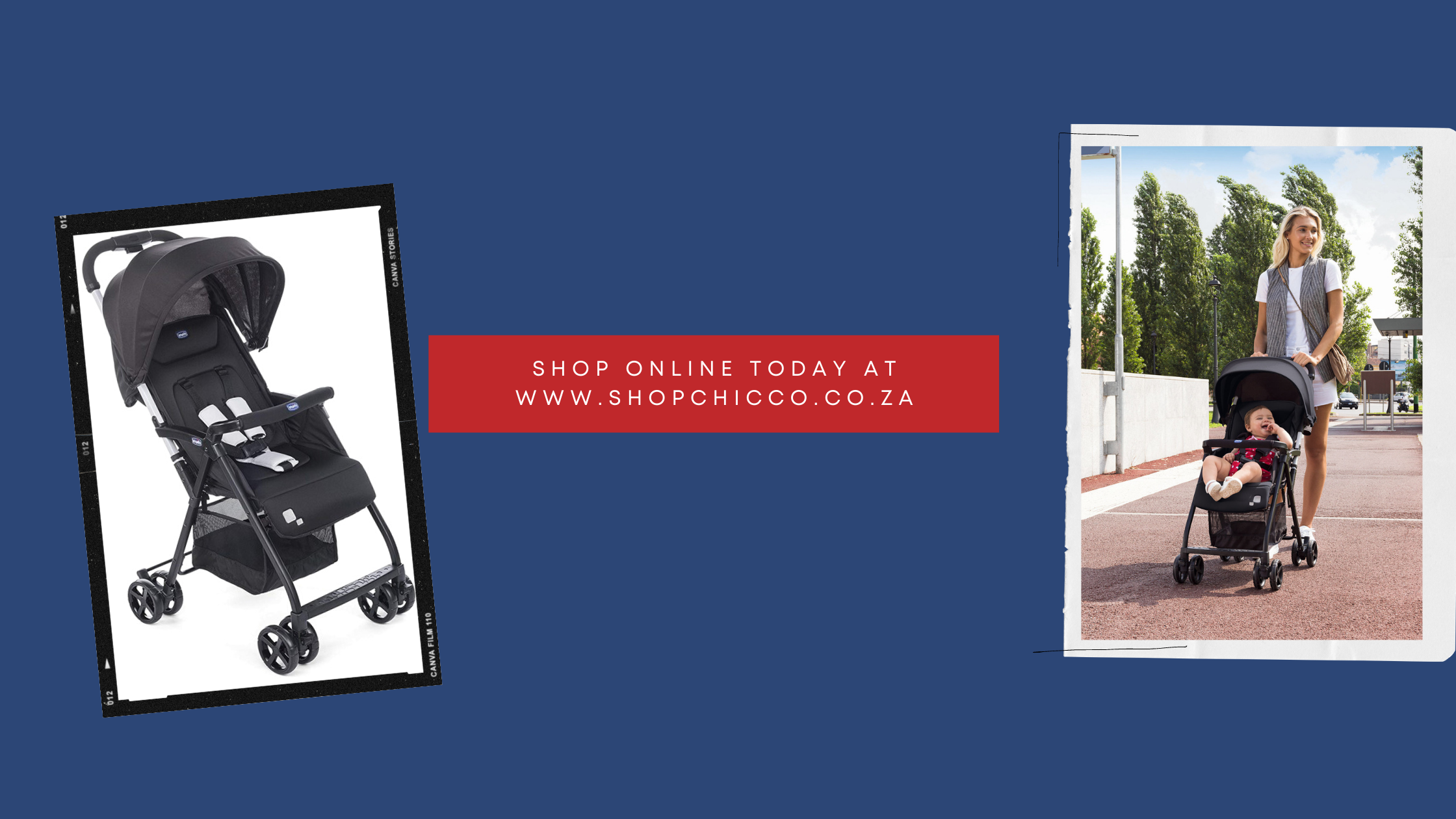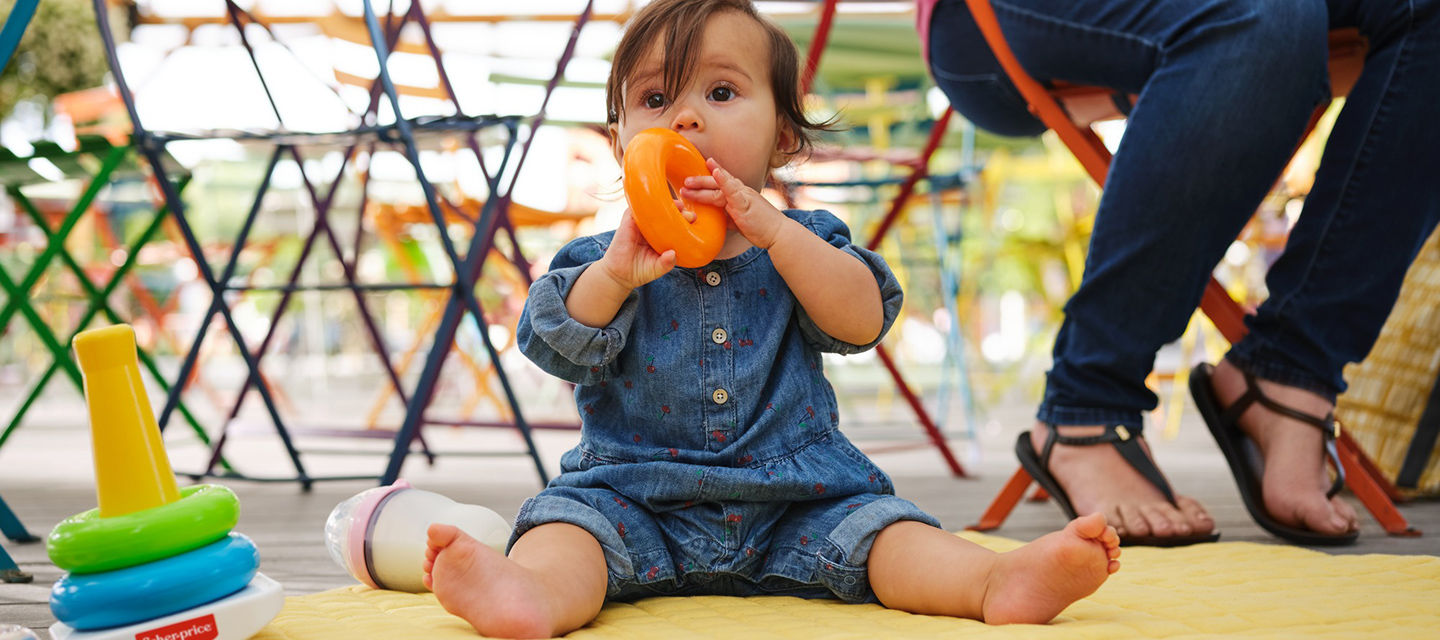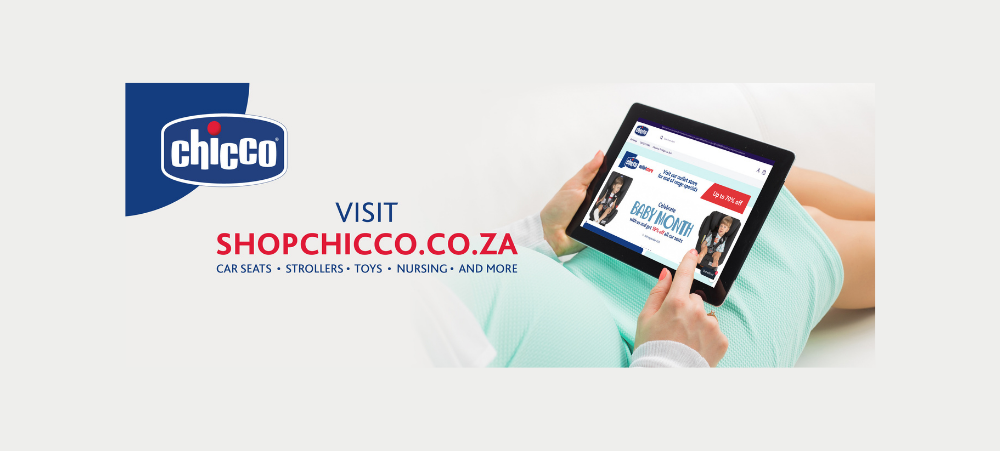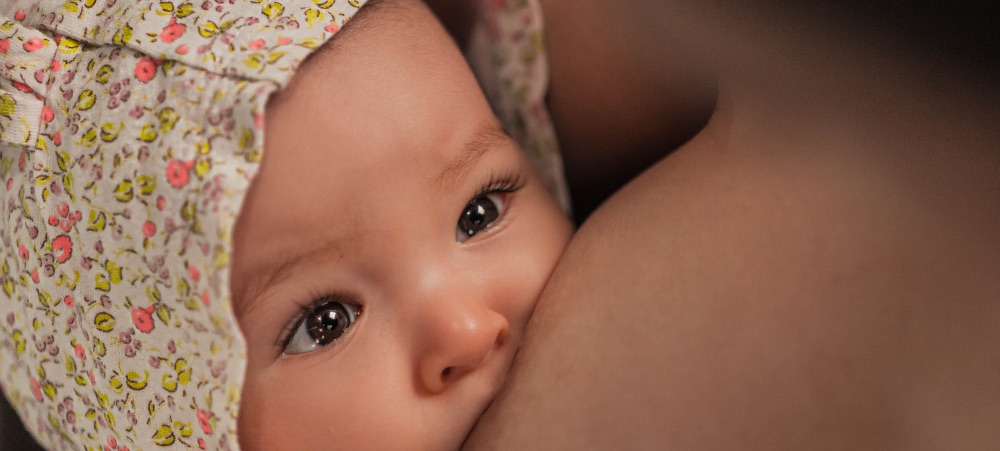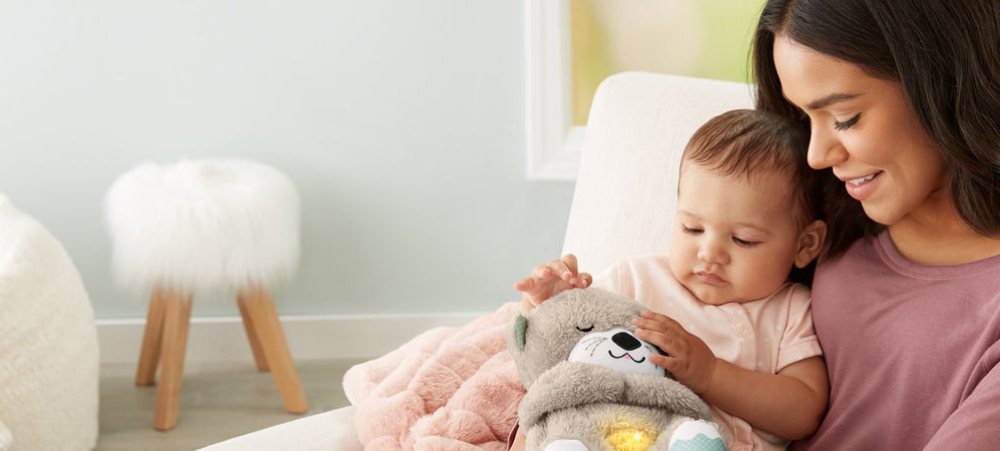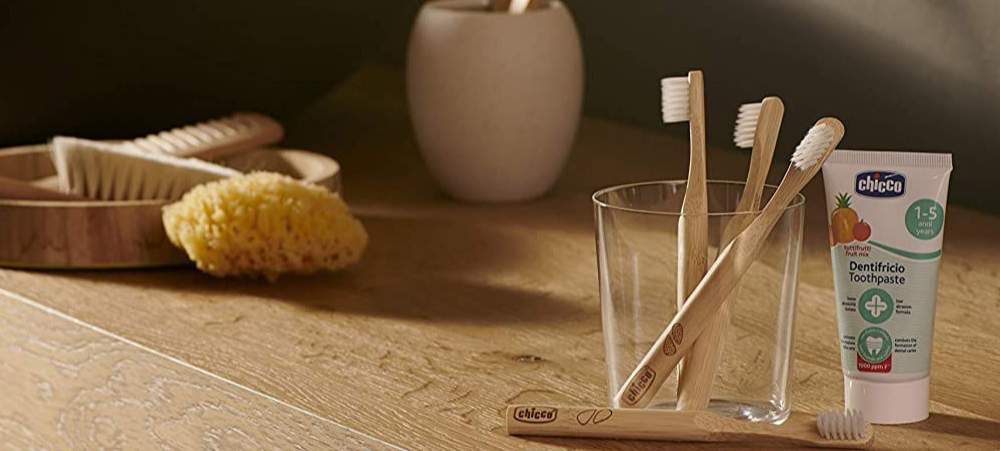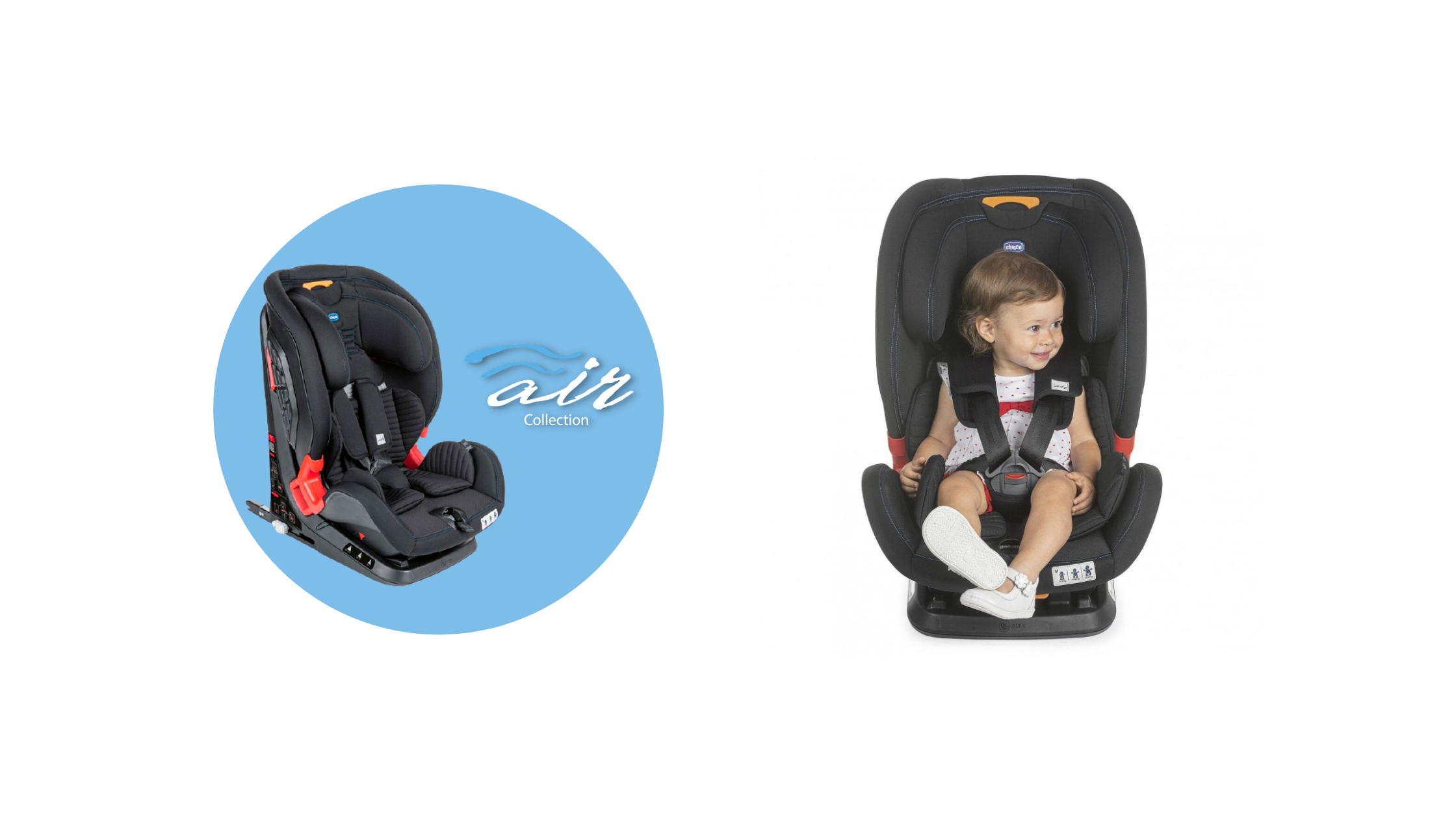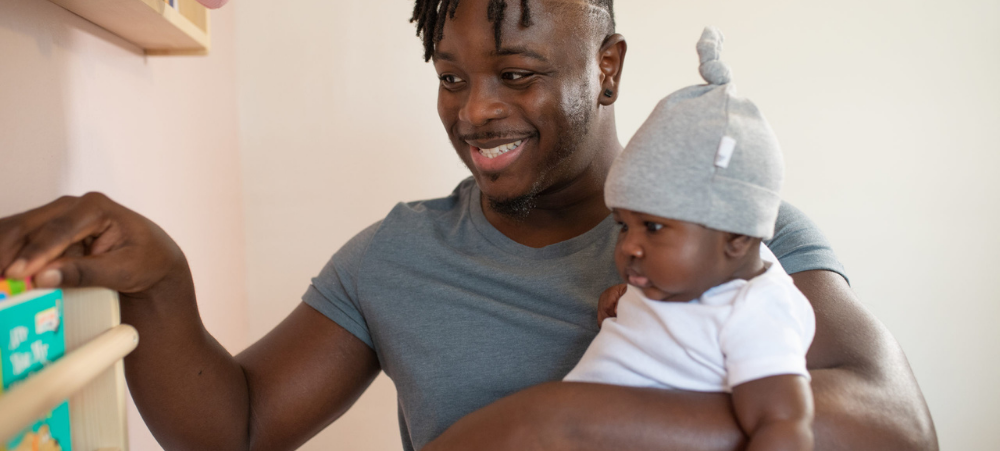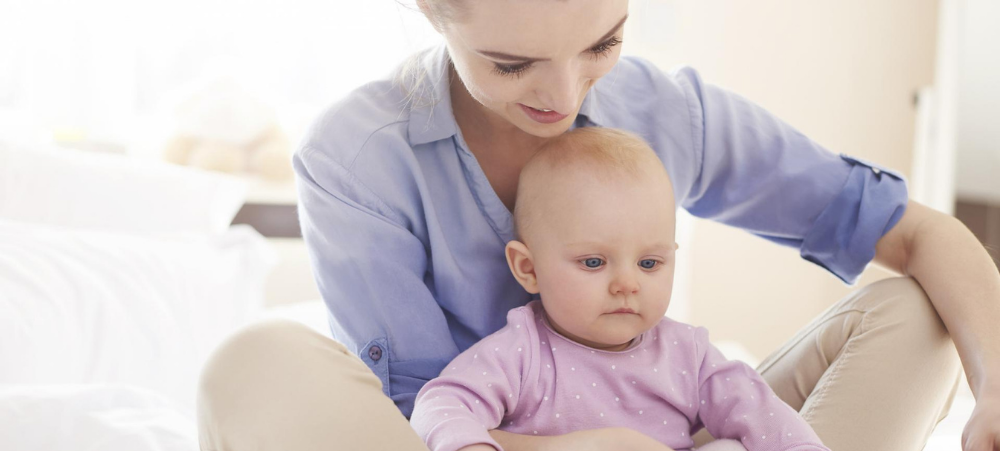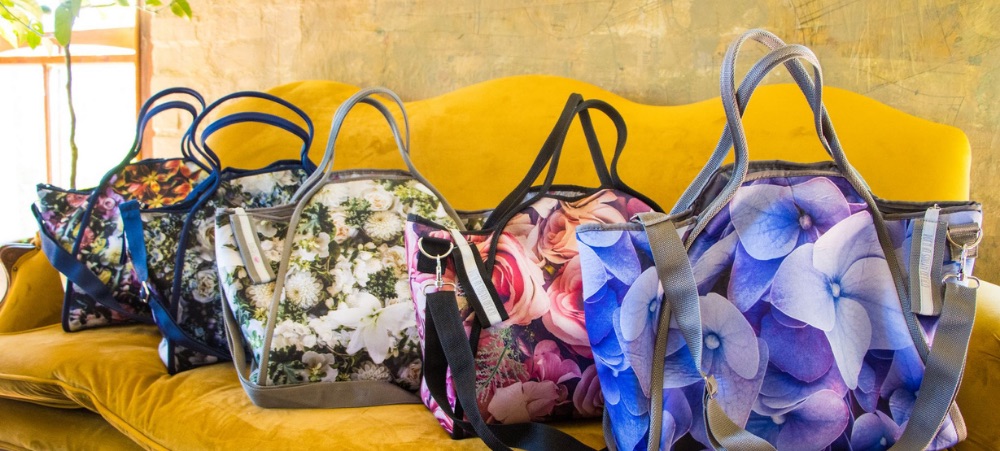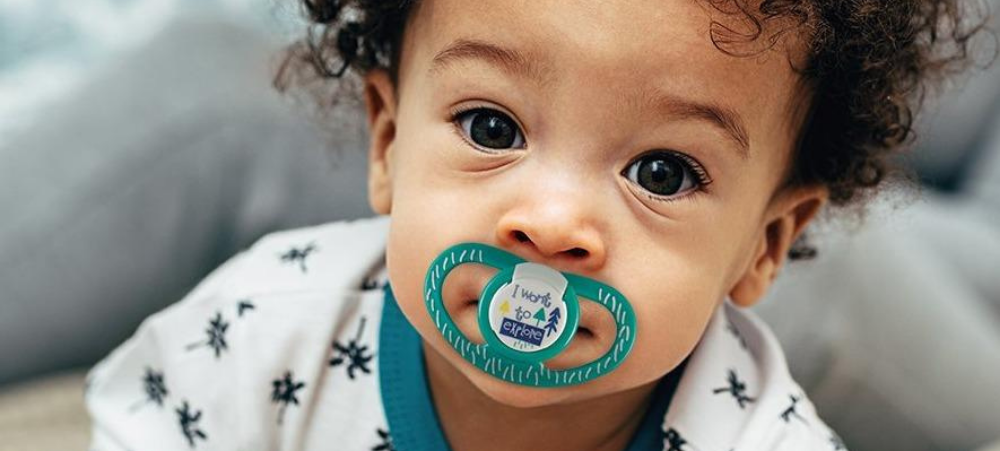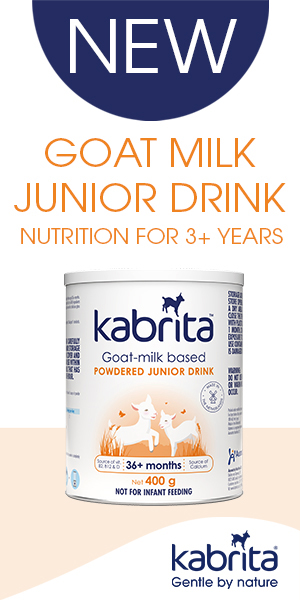BIRTH TO 6 MONTHS, 6-12 MONTHS Picture this: You spend nine months in the cosiest of cocoons, digging the darkness and white noise, when one day with zero warning – boom! – you’re thrust into a big, noisy, unfamiliar new world. It’s no wonder your baby might be a teensy bit teary (or full-blown bawling!) as she adjusts to life on the outside. She’s turning to you, the close comfort of your baby-warming arms, and your newly minted sh-bounce moves to feel calm and content. No pressure or anything! The good news: There’s more than just one way to soothe your wee one. Here, we’ll show you tricks that’ll help you help him learn to calm himself – a beautiful lifelong skill we can all appreciate. Cuddles, please! Your touch, from soft caresses to gentle strokes, makes your mini-me feel safe. It also releases the feel-good hormone oxytocin, which helps you two bond. So try some “Kangaroo Care.” Simply lie down and place your baby on your bare chest; drape a light blanket over her back to keep her nice and toasty. During bathtime or nappy changes, gently massage her head, tummy, arms, legs, hands, and feet, and follow her cues, from coos to body language that says “More, please!” Physical touch releases happy neurotransmitters in you, too! Win, win. You’re getting very sleepy… Mellow music, a good book, Netflix in bed – the need to wind down before drifting off is real. Your baby craves a similar comforting routine. Sure-fire winners: Reading her a board book, singing a lullaby, or giving a gentle massage. When it’s time to say goodnight, she’ll be chill. Night, night. Up, up and away! When you’re not carrying baby in your arms or a sling, you can recreate that magic movement with a swing. It’s fun to discover what your baby digs: Does he like to shimmy side to side, or rock forward and back? A few minutes at a time in a swing, or a vibrating rocker, can be the dose of womblike movement he loves. Plus, you get some much-deserved hands-free time. All by myself Your baby’s favourite spot is near you (obviously), but you don’t need to spend every moment interacting with him. Like us, kiddos need some alone time, too. If he’s yawning, arching his back, or simply seems zonked and needs a break, give him a safe space (like on a cushy playmat) to peace out. Bring the noise Make a ruckus to calm your cutie? It works. Think about it: The womb isn’t exactly a serene sanctuary, between the pounding of Mom’s heartbeat and other pleasing background noise. Those sounds are home to your baby, and you can recreate them with a fan, a vacuum, shushing, or a white-noise machine (Think waves, rain, and waterfalls!). Walk this way Can’t stop your cutie’s tears (and maybe even your own)? When in doubt, head out! A walk can be a (literal) breath of fresh air for both of you. Nature offers all kinds of soothing sounds and feels, from warm sunshine on her face to the rustle of the trees. Bonus: There’s an excellent chance she’ll see other babies out in the wild (always a welcome sight). So, strap on a carrier to keep her close and take a stroll. You can find baby buddies via a playgroup at your local library or a neighbourhood meet-up. Time with your people is magic – and you’re never too young to learn that. Product Features Include: The Fisher-Price® Baby Bear & Firefly Soother starts as a tabletop sound machine for your nursery with customizable music, sounds, twinkling lights or overhead light projection to help settle your baby for sleep. As your baby grows, the cuddly plush bear detaches for your convenience. The Fisher-Price® Baby Bear & Firefly Soother starts as a tabletop sound machine for your nursery with customizable music, sounds, twinkling lights or overhead light projection to help settle your baby for sleep. As your baby grows, the cuddly plush bear detaches for snuggle time while the take-along lantern becomes a comforting nightlight for toddlers. Don’t worry, Bear, the fireflies will light the way! Tabletop light-up sound machine that grows with baby from newborn to toddler Sleep expert-approved Ready, Settle, Sleep™ playlist of gentle music, sounds and lights helps baby fall and stay asleep Lantern’s twinkling lights and light projection options becomes comforting nightlight for toddlers Snuggly plush bear toy detaches from lantern for take-along cuddles For use from newborn baby and beyond Available from leading retailers
